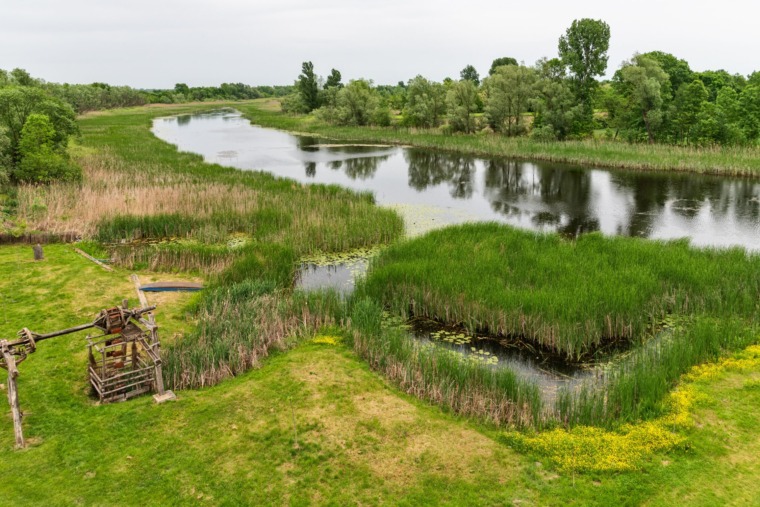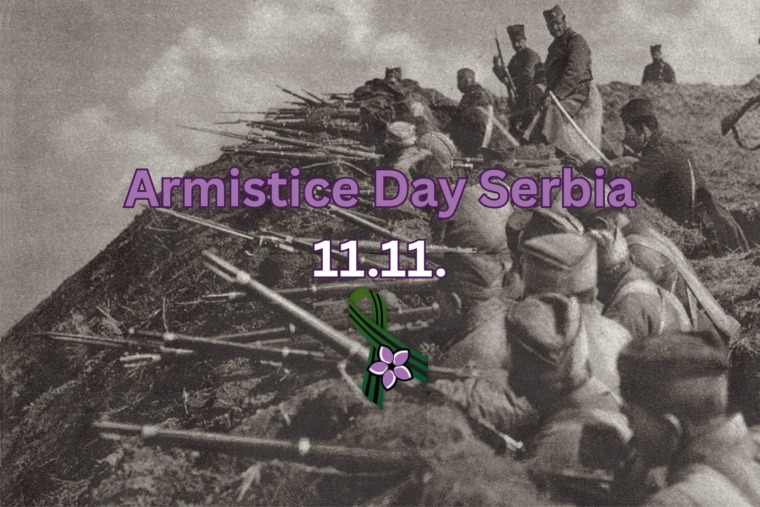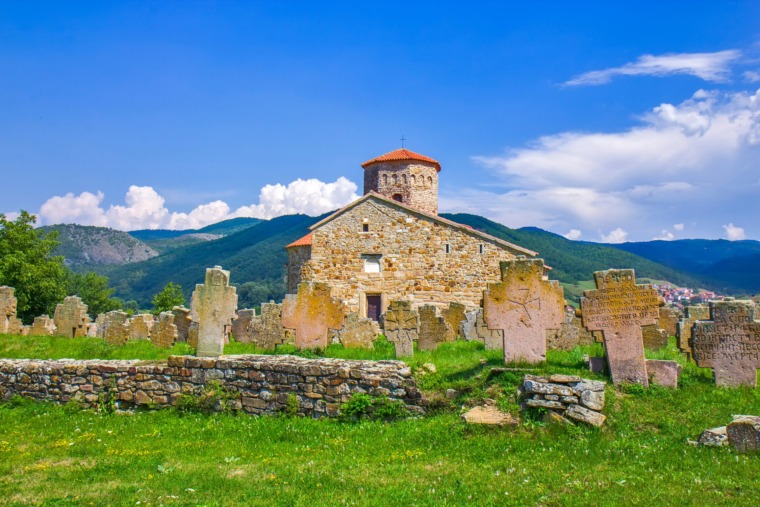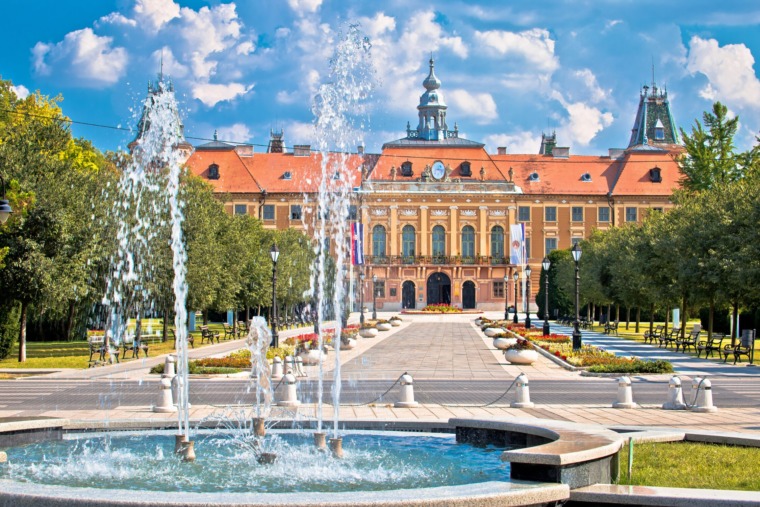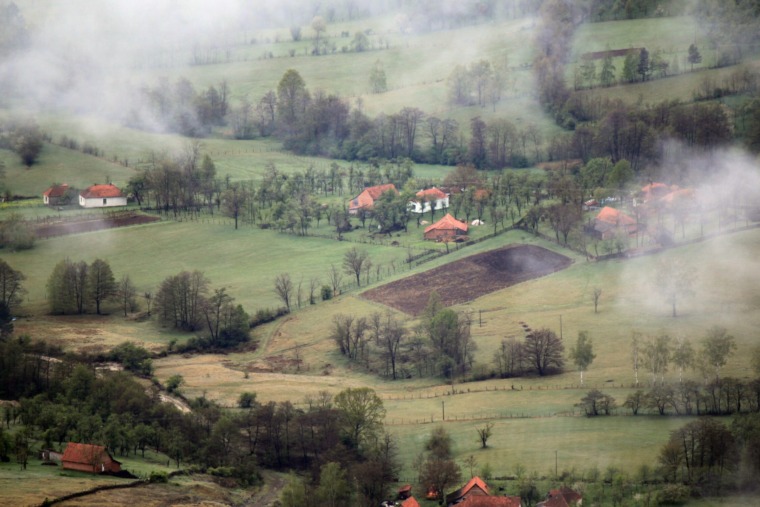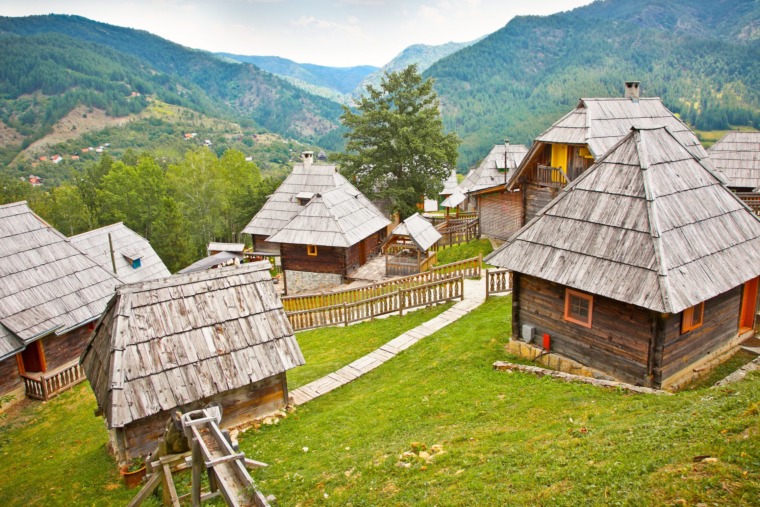

Once upon a time, in every Serbian village, the sound of hammers echoed through the air, and the scent of leather, wood, wool, and herbs lingered in the breeze. Today, those sounds are slowly fading, but there are still people who preserve the crafts of their grandfathers. This is their story – the silent guardians of Serbian tradition.
👞 1. Opanak Making – Shoes with a Soul
Opanak is more than footwear – it is a symbol of the Serbian countryside, effort, and tradition. Handcrafted from natural leather, this traditional shoe was once a staple of everyday life. Today, only a handful of craftsmen remain, in places like Zlakusa and Valjevo, shaping every curve and stitch by hand. Folk ensembles still wear Opanci but are also making appearances in modern collections inspired by ethnic fashion. Each pair is unique, imbued with history.
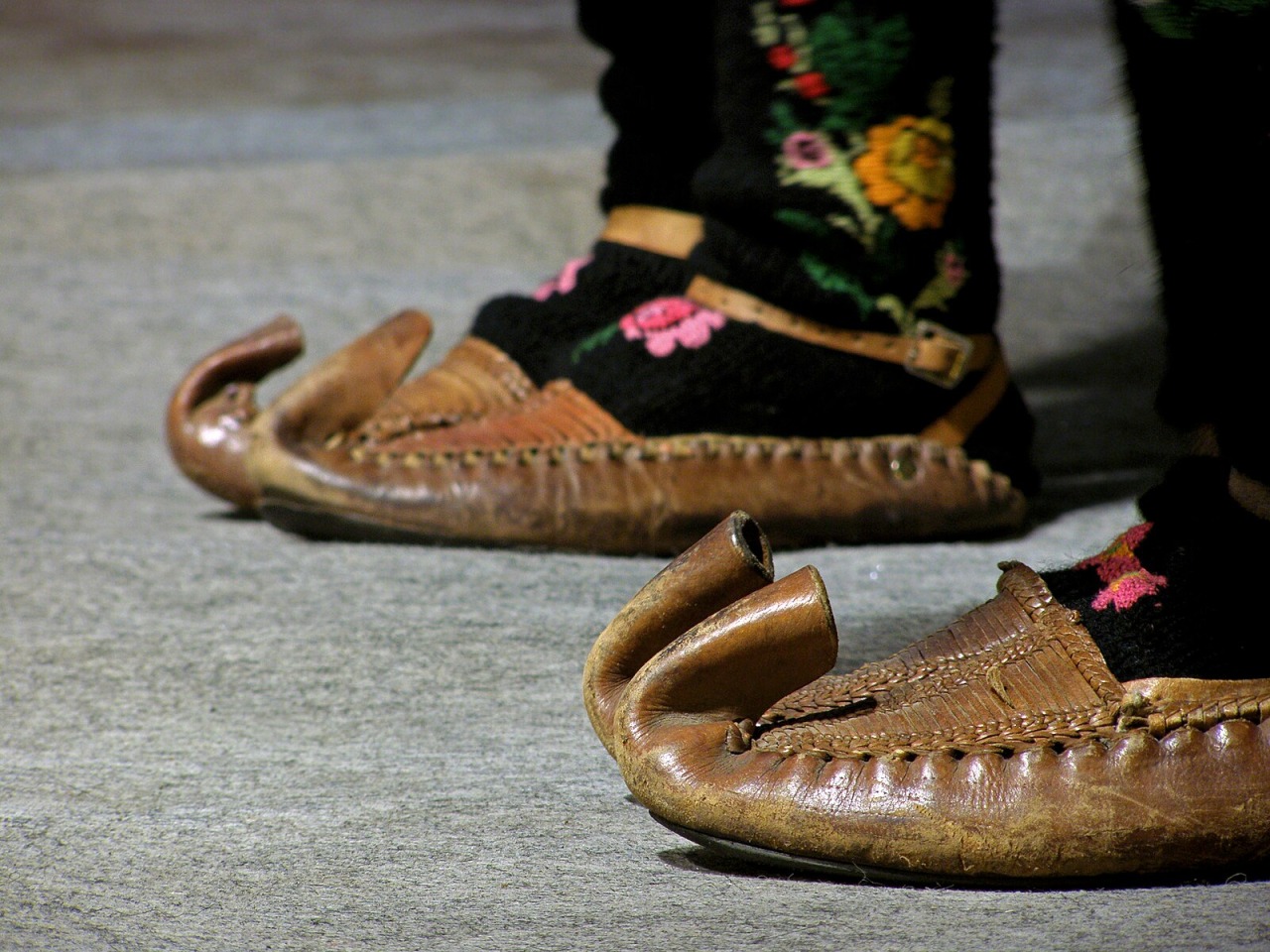
Where it survives: Zlakusa, Pirot, Valjevo
Interesting fact: Every pair of handmade opanci has a “soul,” and some artisans even use raw leather to create them.
🔨 2. Coppersmithing – The Sound of Fire and Copper
Coppersmiths are masters who create cauldrons, flasks, kettles, and other utensils from copper, mostly used for making rakija (fruit brandy). Their art demands precision, strength, and a deep sense of form, as every piece must be both beautiful and functional. In Užice, Leskovac, and Belgrade’s Skadarlija district, the rhythm of the hammer on copper still echoes. Though rare today, coppersmiths are sought after by collectors and rakija enthusiasts across Europe.
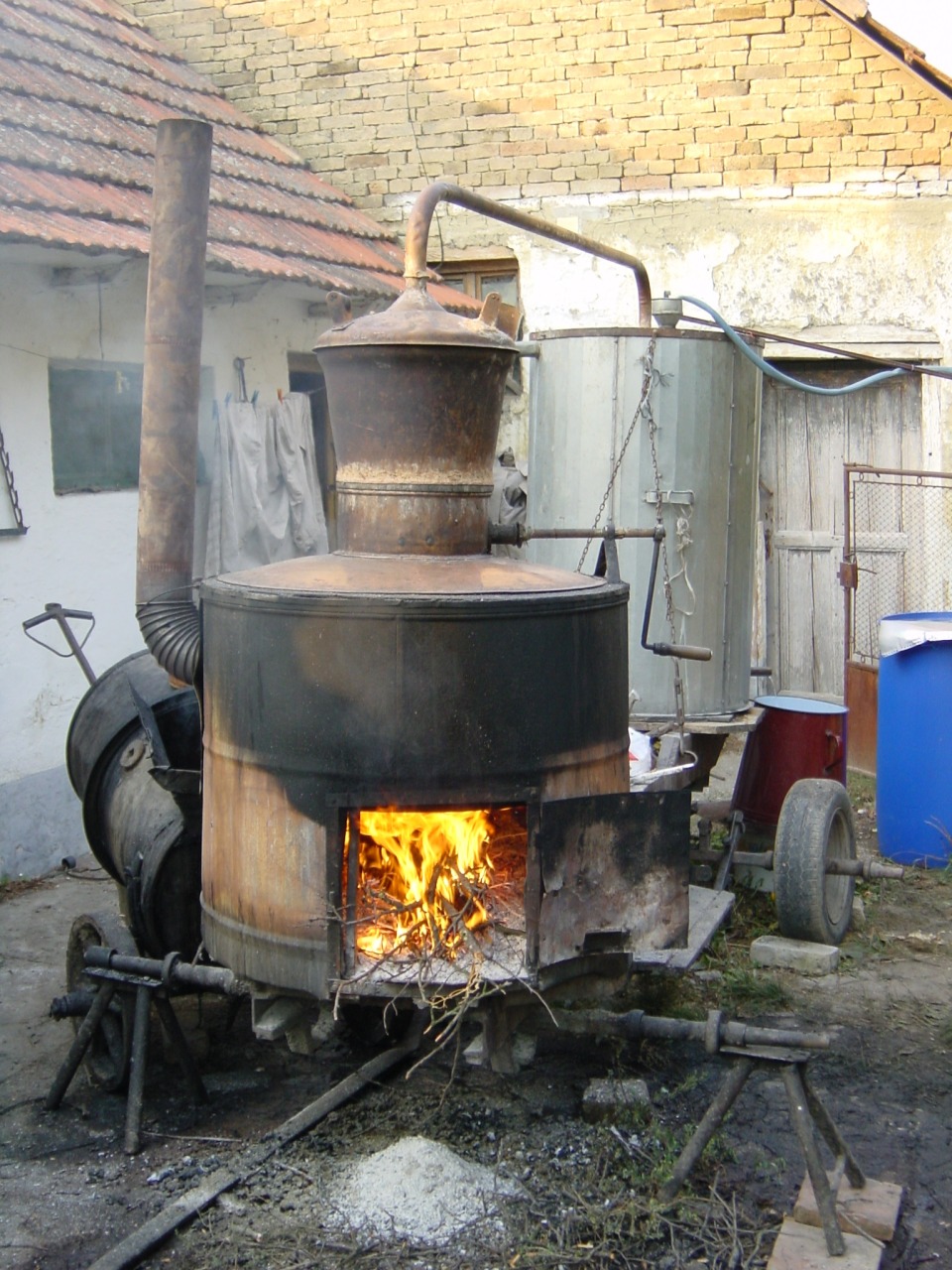
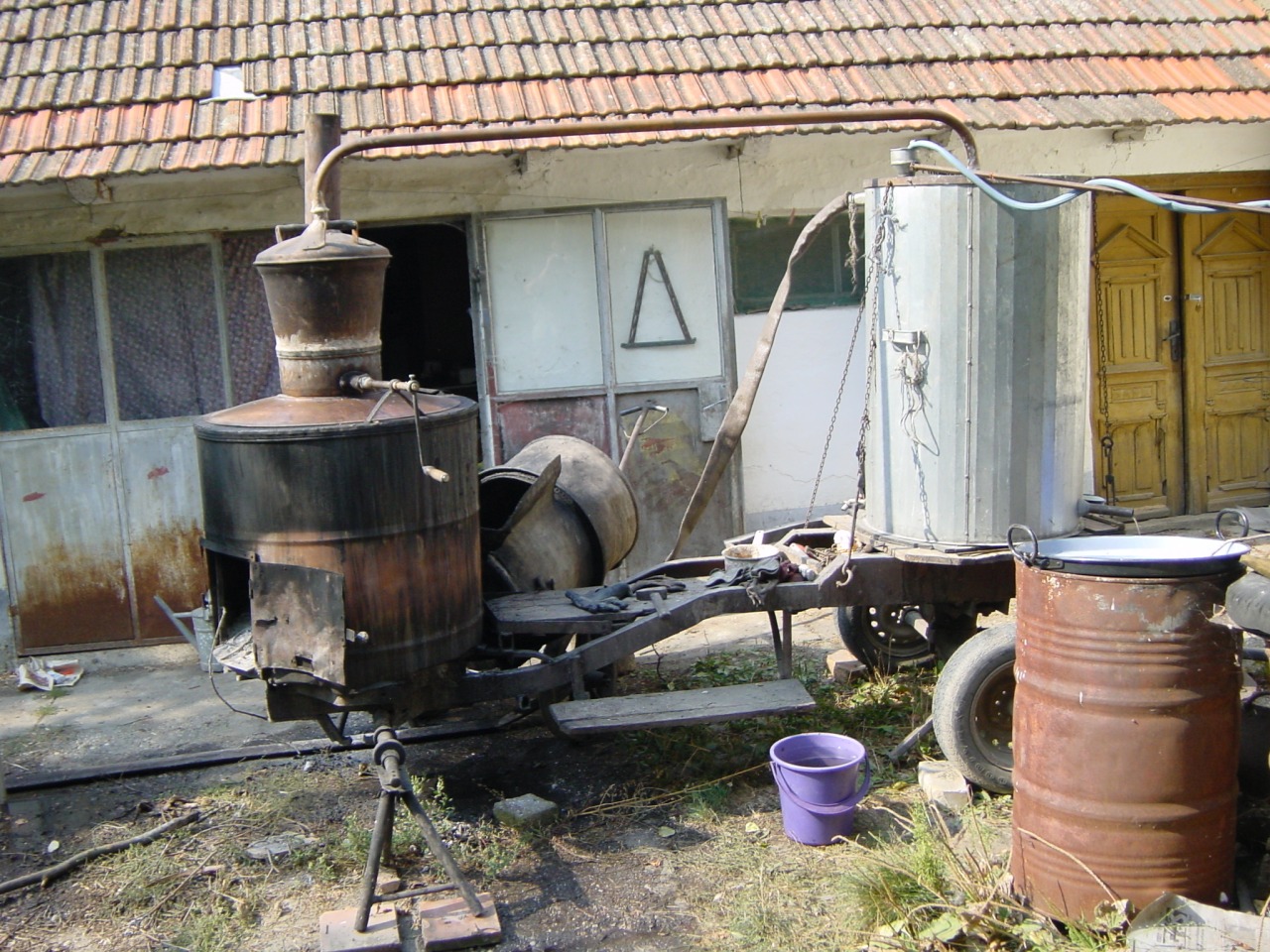
Cities: Užice, Belgrade (Skadarlija), Leskovac
Tradition: Making copper stills for rakija, as well as copper flasks and cookware.
Fun fact: Many artisans work by special order for rakija lovers across Europe.
🔩 3. Blacksmithing – Masters of Fire
Throughout history, blacksmiths were not only craftsmen but also symbols of power and wisdom. In the villages of western and southern Serbia, a few forges still burn, where artisans forge chains, horseshoes, axes, and tools by hand. Working with fire and metal demands immense skill and physical strength. In Serbian folklore, blacksmiths were often heroic figures – protectors of the people, sometimes with magical abilities.
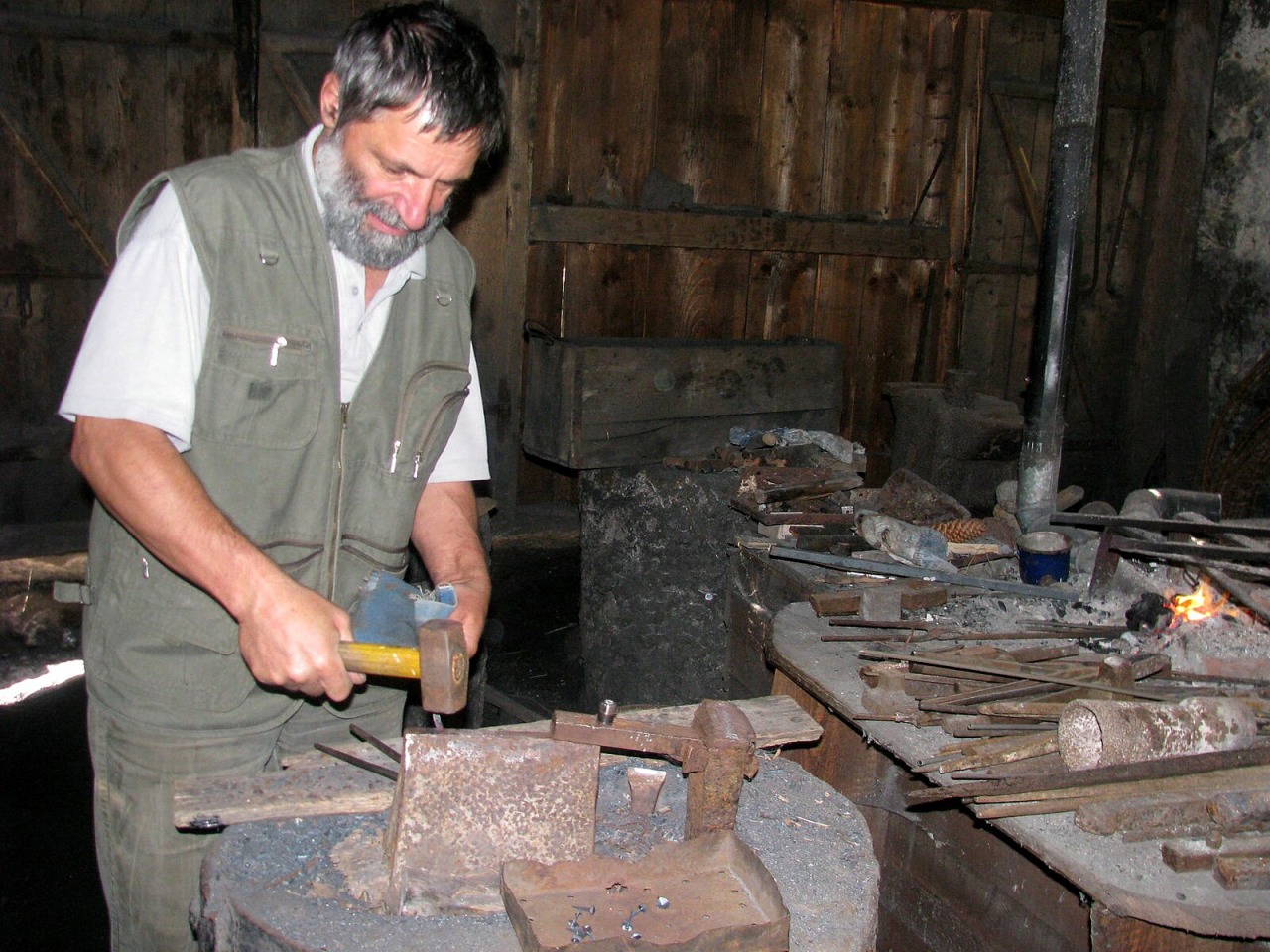
Villages around: Sjenica and Ivanjica
They make: Chains, horseshoes, tools, and decorative locks.
Mythical touch: In folk tales, blacksmiths were heroes who tamed fire.
🧵 4. Weaving – Threads That Tell Stories
Weaving was traditionally a woman’s craft – a labor of love carried out by housewives and mothers, who made rugs, belts, blankets, and clothing for the family. Today, weaving is most alive in Pirot, home of the famed Pirot kilim – a woolen rug with no front or back, bearing ancient symbols and stories. Using traditional wooden looms and natural dyes, weavers create true works of folk art. The Pirot kilim is now protected by UNESCO as part of Serbia’s intangible cultural heritage.
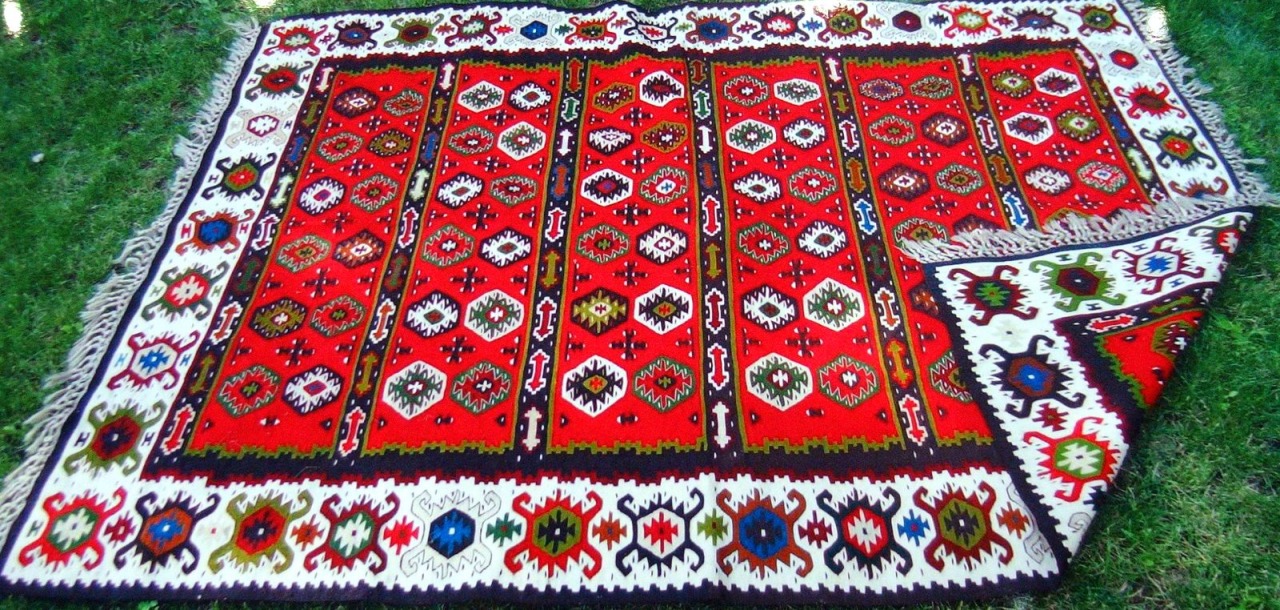
Traditionally found in: Kosovo and Southern Serbia
Craft includes: Weaving rugs, bags, and traditional folk costume belts.
UNESCO: The Pirot kilim is recognized as protected cultural heritage.
🏺 5. Pottery – Earth in Skilled Hands
A potter’s wheel turns slowly, but under a master’s hands, clay becomes magic – a bowl, a pot, or a traditional sač. In Zlakusa and villages near Požega, potters still make vessels the old way – from a mix of earth and stone, fired in open kilns without electricity. These workshops are living museums of rural heritage. Their handmade cookware is gaining popularity, particularly among those who value slow living and traditional Serbian cuisine.
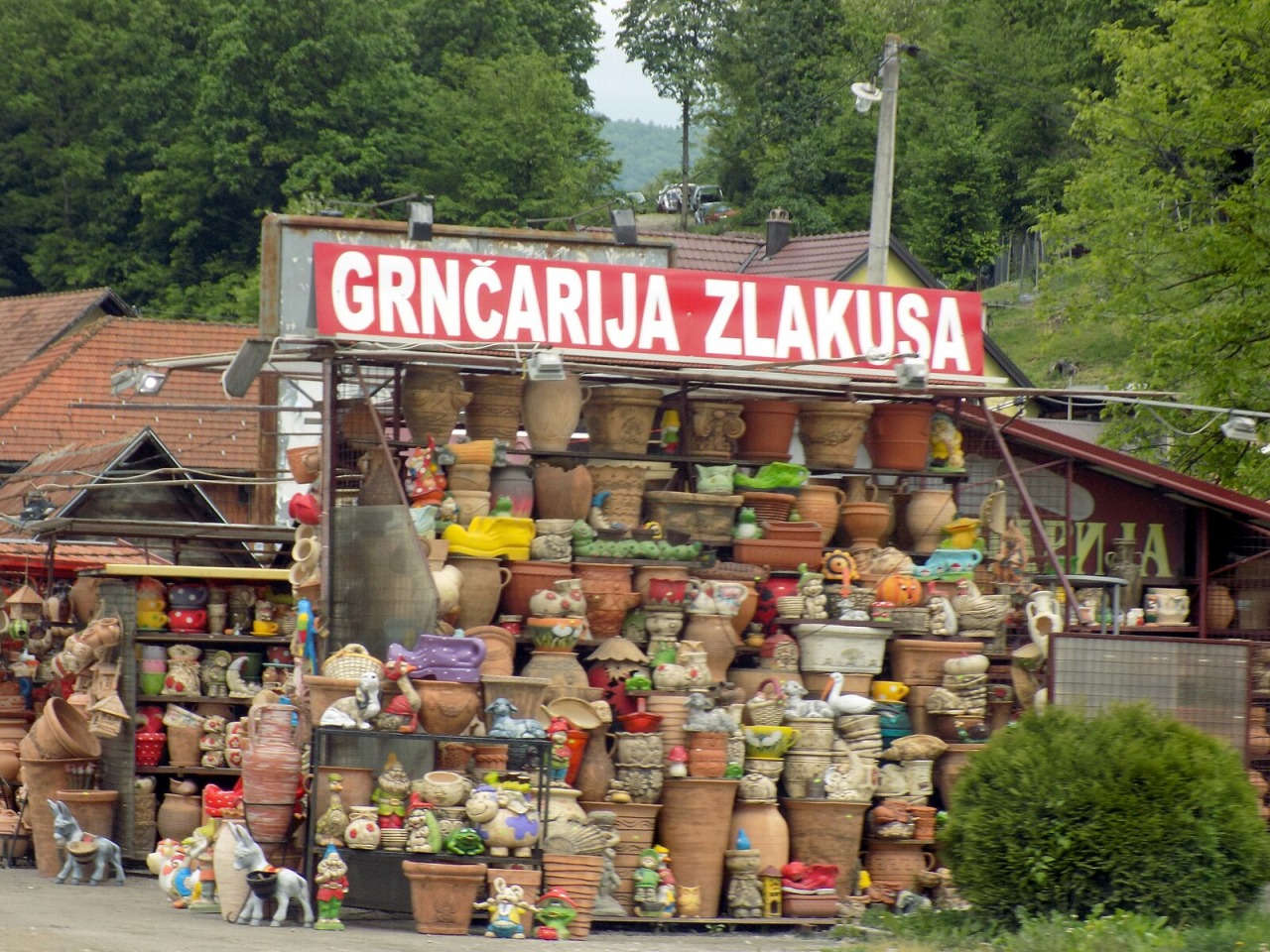
Most famous villages: Zlakusa, Ram, Svinjarevo
What they make: Handcrafted clay cookware (such as sač, pots, bowls)
Unique feature: The traditional “by hand” technique is done without an electric wheel.
Want to experience living history? Many of these artisans welcome visitors and organize craft workshops and festivals. Their work is not just nostalgic – it’s living proof that Serbia remembers its roots and celebrates its heritage in every stitch, spark, and shape.
Related Articles

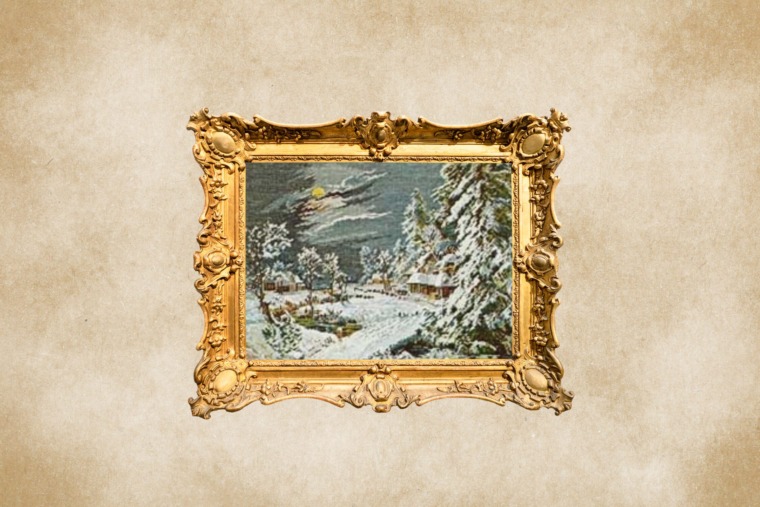
Stitched with Love: The Story of Serbian Gobelins
November 4, 2025